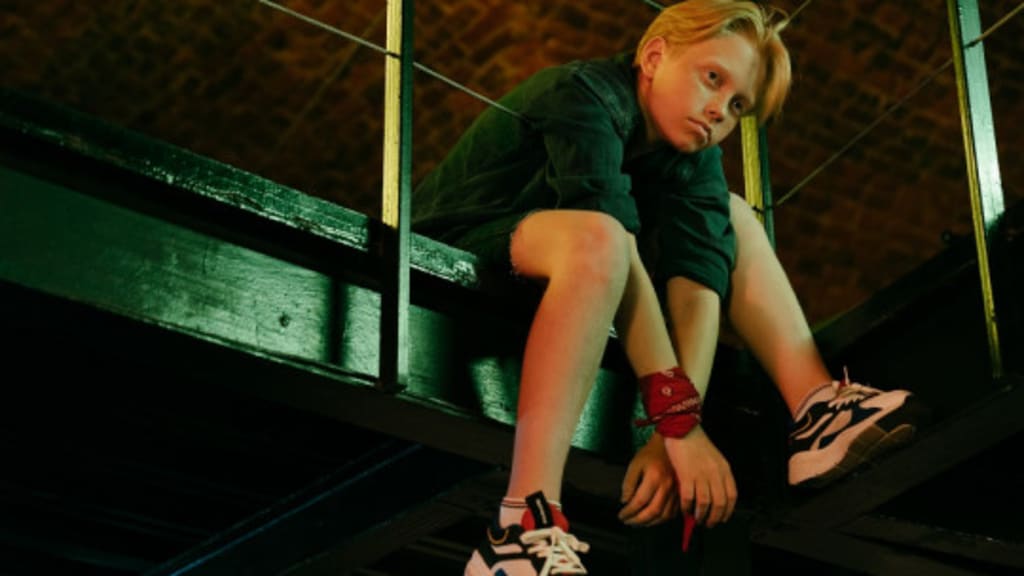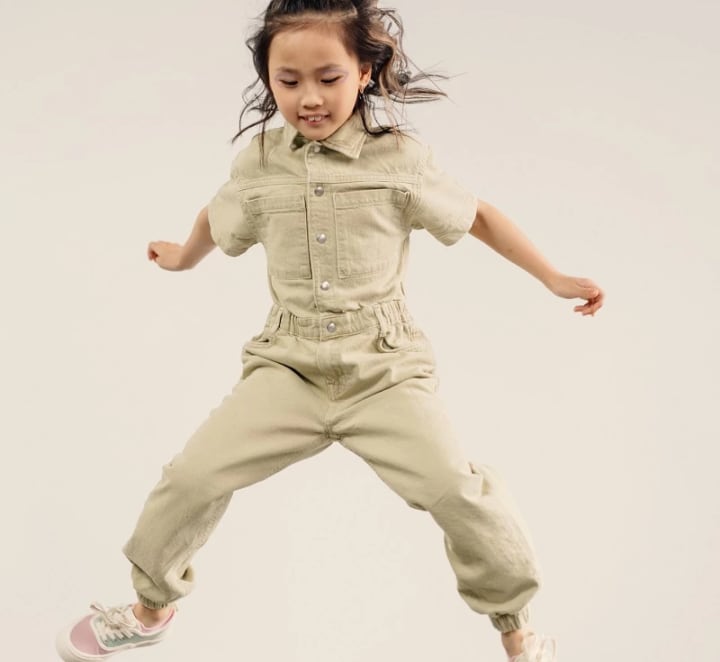How to identify ADHD in your son or daughter
These guidelines will help you identify possible signs that your child has developed ADHD.

Attention Deficit Hyperactivity Disorder (ADHD) is a relatively common psychological disorder that encompasses a series of cognitive, emotional and behavioral symptoms that hinder the normal functioning of the person in their day to day life.
ADHD is usually diagnosed in childhood due to the visible symptoms that are usually present at this stage and that affect both academic performance and attempts to apply consistent rules and parenting guidelines by parents. However, there are cases of adults and adolescents who have not been diagnosed and experience problems in their daily lives because they do not understand what is happening to them.
Below we present a summary with the main keys that will help us identify a case of ADHD in our children or adolescents .
What are the main signs that allow us to identify ADHD in children?
ADHD commonly presents symptoms related to inattention, hyperactivity or both related elements. These symptoms, in the long run, decisively affect many areas of the person's performance and life , as well as their general well-being and mental health.
In this sense, there are a series of signs that allow detecting and diagnosing cases of ADHD in children and adolescents; however, this diagnostic process can only be carried out by mental health professionals, and parents cannot unilaterally assume that their son or daughter has a case of ADHD. And we must not forget that this disorder lends itself a lot to being confused with patterns of behavior that are simply uncomfortable or inconvenient from the point of view of adults, especially considering that in childhood it is more difficult to feel motivated to respect rules whose benefits are very abstract or long-term.

Now, there are several behavior patterns that help people detect signs of this alteration , something necessary to seek professional help and establish a diagnosis. Therefore, this list of signs that a child may have ADHD from the parents' point of view may be helpful.
1. Constant movement
Hyperactive and impulsive behaviors are one of the most characteristic symptoms of ADHD and constitute one of the main keys that help both parents and psychologists to identify and diagnose the disorder.
These hyperactive-impulsive behaviors can be of a different nature, but the most common are constant movement, the need to stand up when sitting down, the desire to climb up inappropriate places quite often and a permanent inability to be still in a determined site.
Children with ADHD, especially at very young ages, tend to tap their hands or feet on some surface both when they are standing or sitting, because the fact of being relatively still causes them discomfort due to the lack of stimuli.
2. Lack of attention
These children show marked difficulty paying attention both at home and at school , are easily distracted, make mistakes at home and at school due to not being focused on what they are doing, and have trouble following directions. all.
In addition to that, they also often have a lack of ability to focus on what is being said to them or a difficulty listening when someone speaks directly to them or repeating anything they have recently heard.
All these symptoms are defining signs that we may be facing a case of ADHD.
3. Self-focused behavior
Children and adolescents with ADHD usually have real difficulties when it comes to recognizing the needs, intentions and desires of other people , which causes them multiple difficulties when it comes to relating socially.
This inability to put themselves in another's shoes is due both to their impulsive behavior and to their lack of attention to others and to the internal states of those around them; in general, they are more interested in the environment than in introspective processes .
4. Trouble staying silent
Problems staying quiet for a long time and constant interruptions to both adults and peers of the same age are also signs that may indicate a case of ADHD.
This can be tested effectively by testing the child's ability to be silent by challenging him to remain silent for a certain amount of time .
5. Difficulty playing with other people
Difficulties in following instructions and participating in planned games with other people are notable in children and adolescents with ADHD, because it is difficult for them to keep the rules of the game in mind at all times. This, again, affects both their social life and their self-esteem and psychological well-being .
Another of the essential characteristics of people with ADHD, especially in young children, is a constant inability to wait their turn, which prevents them from successfully carrying out all kinds of games and group activities.
6. Organization problems
Organizational problems are another of the classic symptoms of ADHD, a deficit that is associated with both the impulsiveness that the person presents and their inability to pay attention and concentrate .
This prevents the person from satisfactorily performing all kinds of tasks in everyday life and also those tasks that are required in the academic field, which causes a notable decline in the child's performance and leads him or her to think that school “is not for him/her”.
In addition to that, people with ADHD also tend to habitually forget things, such as doing their homework, and they also frequently lose many of their property, such as school supplies or toys.
7. Difficulty completing tasks
The difficulty in successfully completing tasks of all kinds both at home and at school is also due to the lack of sustained attention that children and adolescents with ADHD have. For this reason, projects that could bring them benefits in the medium and long term resist them , something that can affect their education.
How is ADHD treated?
ADHD intervention can be carried out from the field of psychology, and from psychiatry. From psychiatry, psychostimulant drugs such as methylphenidate are often used , based on the hypothesis that stimulating their mental activity will make the boy or girl stop having the need to seek sources of external stimuli and can channel their energy through processes based on in introspection and managing thoughts.
However, this form of intervention only serves to mitigate the symptoms, not to train the person to better self-manage their behavior patterns and their ways of modulating their emotions. For the latter, psychotherapy is necessary.
On the other hand, in the field of psychotherapy, a cognitive-behavioral treatment is usually chosen . This type of therapy offers support both in the internalization of routines and life habits that predispose the patient to better manage their impulses and counteract their influence, as well as to promote ways of thinking and feeling that facilitate the task of concentrating on what is being done. doing without giving in to constant distractions. In other words, a double path is used: behavioral, on the one hand, and cognitive, on the other.






Comments
There are no comments for this story
Be the first to respond and start the conversation.